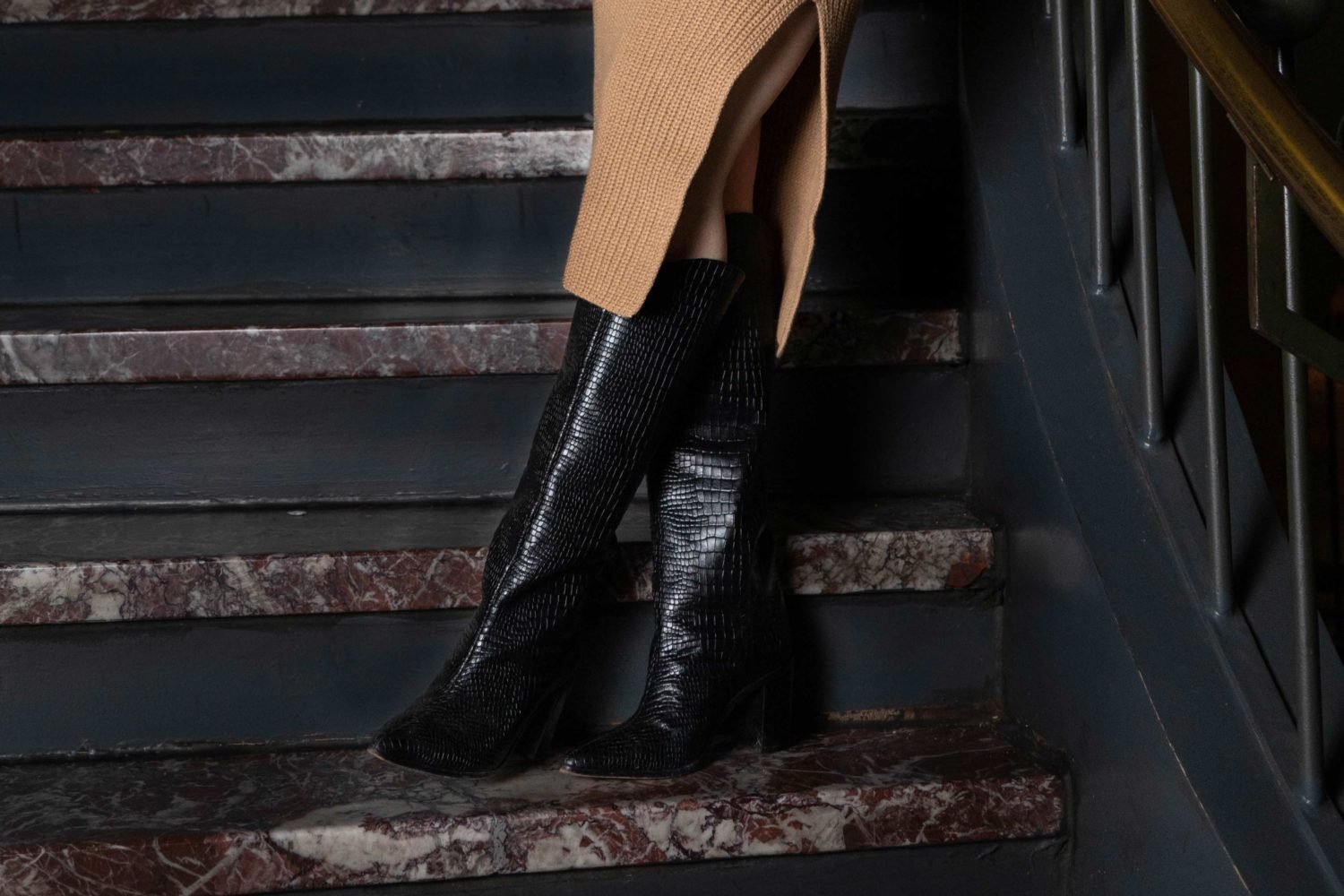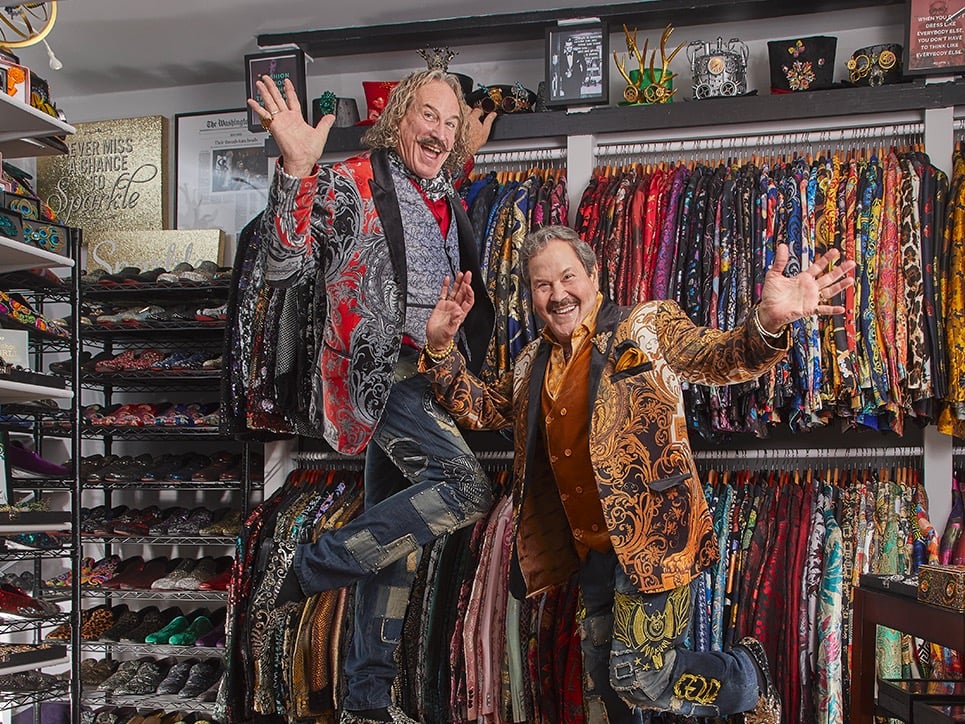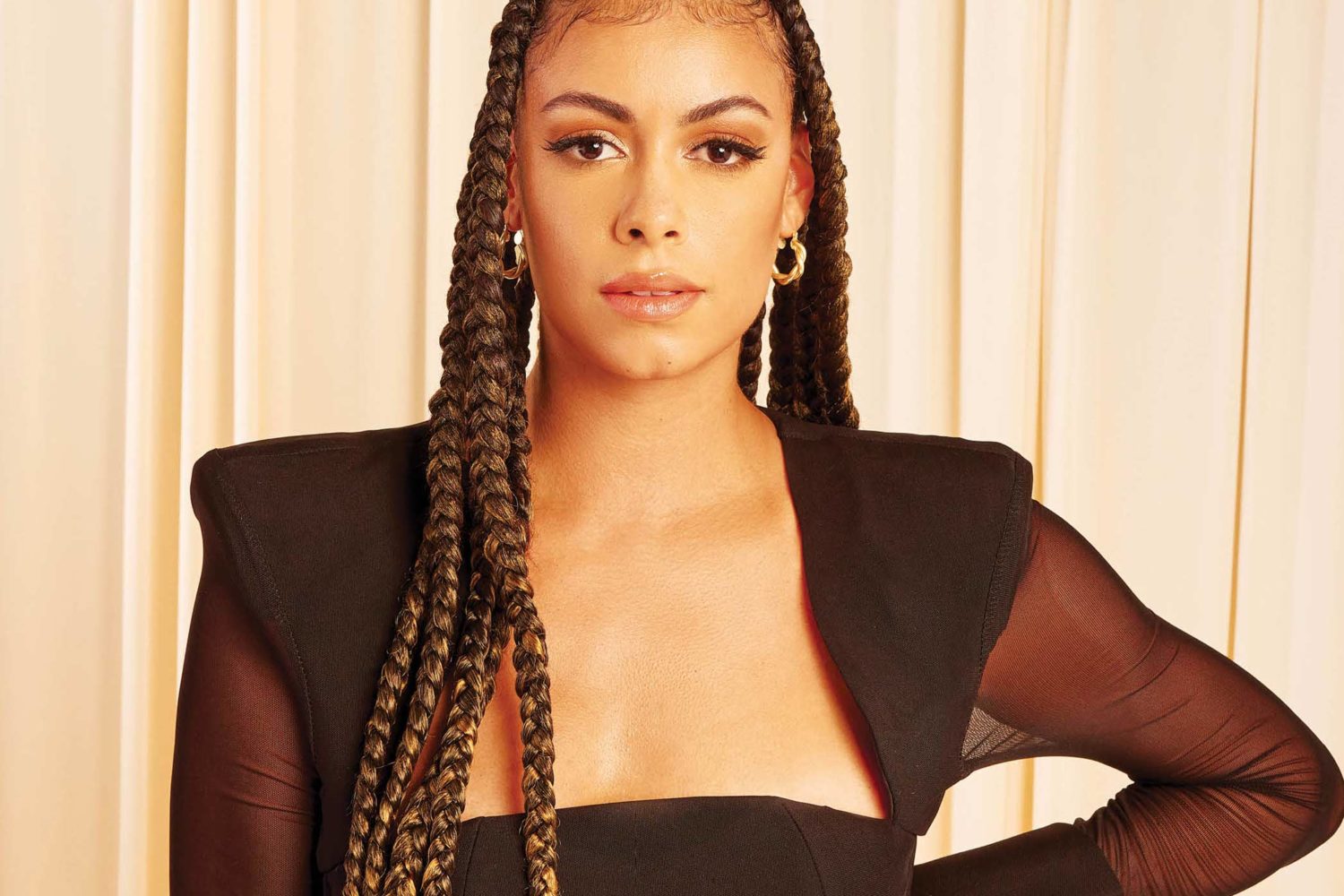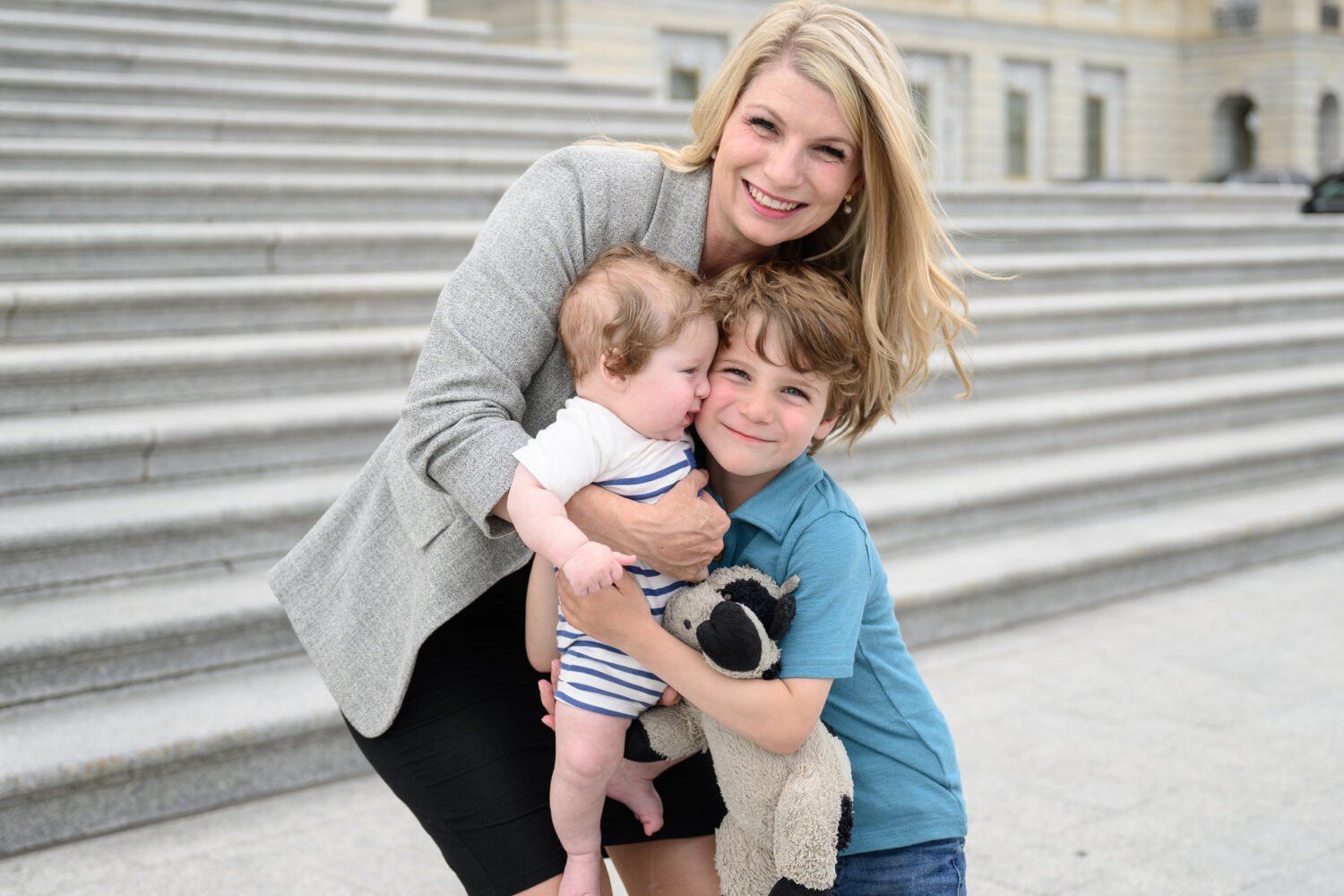Style > Spas & Beauty > Guide to Great Hair
Use our Find a Spa database to find the perfect spa or salon for you.
Get more information on hair coloring, styling, best salons, and more in our Great Hair Guide.
If Senator Hillary Rodham Clinton is serious about running for president, she might want to change her hair color.
Although half of the women in the Senate are blond, 76 percent of American women think the first female president will have brown hair, according to Allure magazine.
Allure also noted that there are more than 2 million "dumb blonde" joke sites on Google, which might explain why Representative Mary Bono went from blond to brunette shortly after being elected to Congress in 1998.
Despite the jokes, Washington has traditionally loved blondes–according to Clairol, blond hair color outsold brown, black, or red in our area as recently as 2002.
Now that's changed: The most popular color is Clairol Natural Instincts nutmeg, a dark brown.
This Is Still Highlight Heaven,according to stylists. The difference is that colorists are using warmer tones like honey, caramel, and copper in place of white blond.
"So many people were overlightened," says Barbara Butler at Ipsa in Georgetown. "Deepening the color gives hair more shine so it looks healthier."
Highlights are less likely to be random, placed on the diagonal, or concentrated around the face. Instead, highlights and lowlights are now placed strategically to create a more natural look.
Some salons–such as Ilo, Celadon, and O Salon–offer "balliage." The stylist paints strands of hair instead of using foils to create highlights and lowlights. Because color doesn't get close to the roots, touchups are supposed to be unnecessary. Stylists say that balliage looks more natural.
Home hair-color kits have become more sophisticated, offering color and highlights together so that the user doesn't get an unnatural flat color.
Another trend–going gray and loving it. But this isn't your mother's gray hair. It is longer, textured, and worn by women in such good shape that no one is likely to mistake them for senior citizens.
Not ready to embrace your silver strands?
The right hair color or highlighting is an instant pick-me-up. Here's what else you need to know before you color your hair.
Can you pick a color, any color?Not necessarily.
Dianne Lang, owner of Bristles & Shears in Sterling and a certified colorist, suggests doing a strand test to see what shade your hair turns when it is exposed to a color.
Gray hair is the most resistant to color, Lang says. It is coarser and has more layers, so color has a harder time penetrating. Lang sometimes softens gray hair with permanent-wave solution and then applies dye.
Remember that skin tone changes as you age. The very light or very dark hair of your youth may not flatter your mature complexion.
Forget the old definitions oftemporary, semipermanent,and permanent color.
Many an adventurous soul has sprayed a few strands purple for a party and discovered later that the wash-out color didn't.
Chemically treated hair reacts differently to color. If you have permed, straightened, or lightened your hair, it is more porous and may soak up color or, conversely, fade faster.
"We use a lot of semipermanent color. Because it has no ammonia, it is easier on the hair," says Sal Piazza of Designing Image in Bethesda. Without ammonia and with only a little peroxide, semipermanent dye cannot lift old color from the hair to lighten it. But semipermanent formulas aren't temporary: The color stays.
"Semipermanent changed the face of professional hair color," Barbara Butler says. "We can provide more dimension and natural looks with color that doesn't oxidize." When color that contains peroxide oxidizes, it can turn brassy or orange.
Coloring at home versus a salon.
Experts say that home hair color is a bad idea if you are going more than two shades lighter than your natural color. It takes a pro to know when the peroxide has lightened the hair to the right degree and how to mix a formula that will create the shade you want.
If you decide to do it yourself, says Marcy Cona, Clairol creative director, "you need to follow the rule of color: Your starting color plus the hair-color product equals the final hair color. The picture on the box only shows the color you are adding to your current hair color."
Professional colorists use a wider spectrum of colors–including green, blue, and violet–to mix the shade they need to counteract red or orange pigment in hair. Some salons will share the formula with you. Then you can go to a beauty supply store, buy the colors and the developer, and do it yourself.
Colored hair needs special care.
Using a shampoo and conditioner for color-treated hair will help hold color longer. But stylists advise against too much shampooing and blow-drying. "You don't need to wash your hair every day unless you are working in dirt," says David Cohen of David's Beautiful People in Rockville.
A hat will protect hair from the sun, which fades color. Bernard Portelli of Okyo advises applying a leave-in conditioner to hair before swimming, sunning, or playing sports.
Most stylists recommend against perms and chemical straightening for colored and highlighted hair. Hair can tolerate only so much chemical exposure before breaking. Plus, there are good styling products these days. "We have body perms in a bottle or spray can," says Ira Ludwick of Progessions Salon in Rockville.
It is almost impossibleto avoid roots.
Even semipermanent color and highlights need to be touched up every few months. Permanent color requires monthly touchups. Even Madonna has stopped flaunting her roots.
If you aren't prepared to invest the time and money to keep up the color, you may want to learn to love what Mother Nature gave you.
Hair color may be a risky business.
According to the Food and Drug Administration, hair-color users do not have an increased cancer risk. Though there have been reports of a link between black hair dye and some cancers, "the studies contradict each other. The evidence is not there," says Dr. Linda Katz, director of the FDA's Office of Cosmetics and Colors.
In May, the Journal of the American Medical Association published results of a study that concluded there was no strong evidence of a marked increase in cancer among those who dye their hair.
If there is a risk, as a few studies suggest, it may be caused by the chemical reaction necessary to make hair color permanent. Colorists mix a solution containing ammonia with a "developer" solution containing peroxide. The mix starts an oxidizing process that swells the hair and enables color to penetrate the hair shaft.
Semipermanent color only coats the hair shaft and lacks this chemical reaction.
There is a middle ground. Demipermanent color does not contain ammonia, but it does have a small amount of peroxide and slightly penetrates the hair shaft. This type of color is not sold in supermarkets; you can buy the colorant and the developer at beauty supply stores.
A fourth alternative is offered in some salons and at Whole Foods: dyes made from plants. Are these "natural" dyes safer?
Aveda boasts that its dyes are 97 percent plant-derived, according to Lisa Ward at Georgetown Aveda. However, Aveda formulas without ammonia only deposit color onto the surface of the hair and wash out after four to six weeks. They cannot be used to lighten or highlight hair.
Aveda does have formulas with "a natural form of ammonia" for permanent color.
Henna, a popular dye in the '70s, gets mixed reviews from stylists. Some say it cannot cover gray, dries out the hair, and is difficult to control for consistent color.
Pregnant women should consult their obstetricians before coloring their hair. Some doctors frown on any chemical exposure during the first trimester.
According to Katz, the best way to color hair safely is to do a patch test for skin reactions, keep dye away from your eyes, and follow the directions.
Many home colorists believe that dyes are formulated to stop working if you leave them on too long. Not so, says Katz: "If the product says use only for ten minutes, then use it for only ten minutes."
Still, the most common risk is a dye disaster. "We spend a lot of time correcting bad color," says Butler of Ipsa.
If possible, look at a colorist's work on other heads in the salon before diving in headfirst.
















